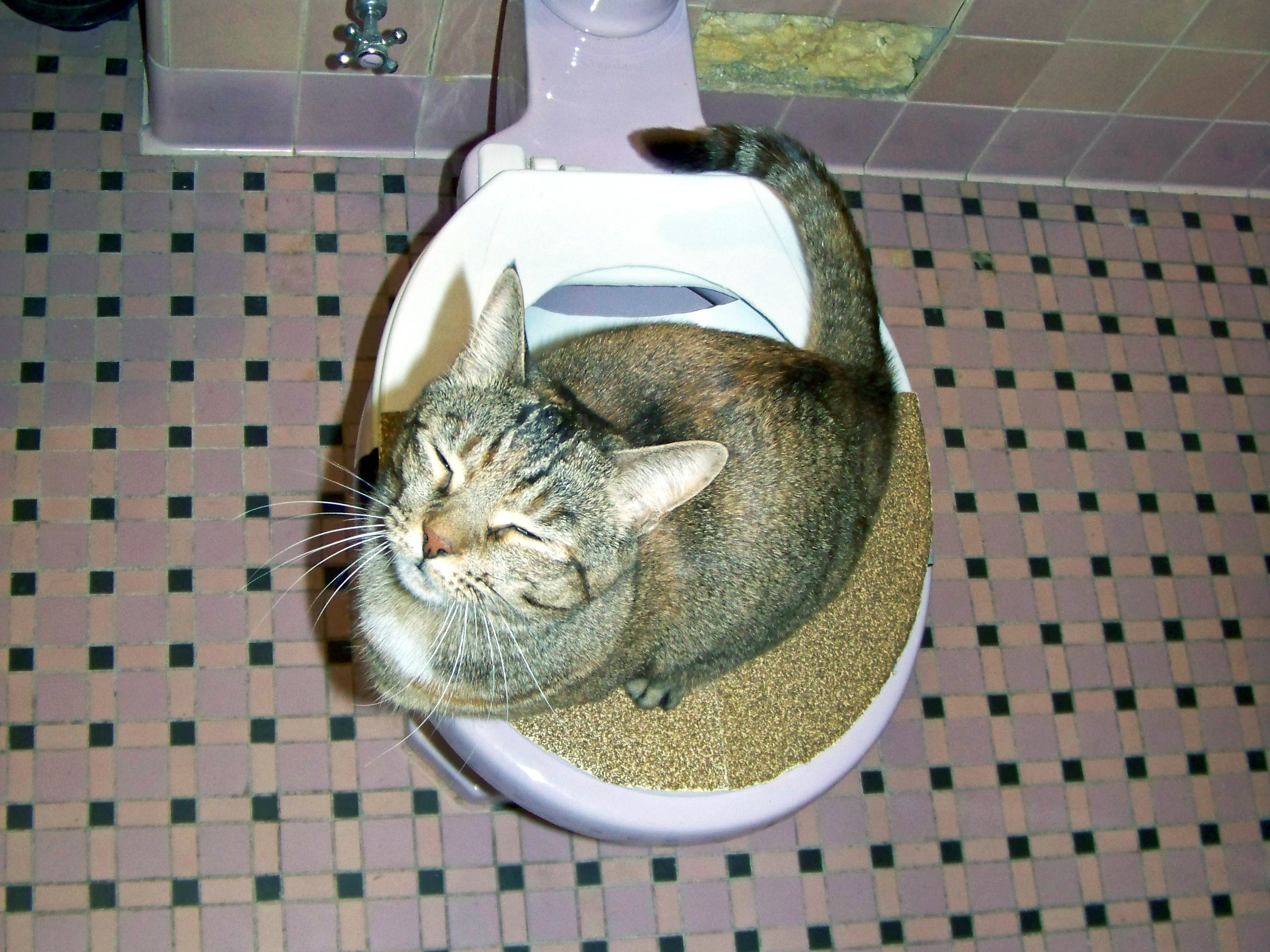Why Flushing Cat Poop Down Your Toilet Isn't a Good Idea - Tips for Safer Disposal
Why Flushing Cat Poop Down Your Toilet Isn't a Good Idea - Tips for Safer Disposal
Blog Article
We've uncovered this great article relating to Can You Flush Cat Poo or Litter Down the Toilet? listed below on the net and accepted it made sense to discuss it with you on this site.
Intro
As pet cat owners, it's important to be mindful of how we take care of our feline good friends' waste. While it may appear practical to flush pet cat poop down the bathroom, this technique can have destructive consequences for both the setting and human wellness.
Alternatives to Flushing
Thankfully, there are much safer and a lot more liable ways to take care of cat poop. Take into consideration the complying with alternatives:
1. Scoop and Dispose in Trash
One of the most common method of throwing away cat poop is to scoop it into a naturally degradable bag and toss it in the garbage. Make sure to make use of a specialized litter inside story and dispose of the waste immediately.
2. Usage Biodegradable Litter
Choose eco-friendly feline clutter made from products such as corn or wheat. These clutters are environmentally friendly and can be safely gotten rid of in the garbage.
3. Bury in the Yard
If you have a yard, think about hiding feline waste in an assigned location away from vegetable yards and water sources. Make sure to dig deep adequate to avoid contamination of groundwater.
4. Mount a Pet Waste Disposal System
Invest in an animal waste disposal system specifically developed for feline waste. These systems make use of enzymes to break down the waste, lowering smell and environmental effect.
Wellness Risks
In addition to ecological issues, flushing pet cat waste can additionally position health dangers to human beings. Feline feces might include Toxoplasma gondii, a bloodsucker that can cause toxoplasmosis-- a potentially serious ailment, particularly for pregnant ladies and people with weakened immune systems.
Ecological Impact
Flushing feline poop presents hazardous virus and bloodsuckers right into the water supply, posing a considerable threat to marine ecosystems. These pollutants can negatively affect aquatic life and concession water top quality.
Final thought
Accountable pet ownership extends beyond giving food and shelter-- it likewise involves appropriate waste administration. By avoiding flushing pet cat poop down the toilet and choosing different disposal approaches, we can minimize our ecological impact and secure human health and wellness.
Why Can’t I Flush Cat Poop?
It Spreads a Parasite
Cats are frequently infected with a parasite called toxoplasma gondii. The parasite causes an infection called toxoplasmosis. It is usually harmless to cats. The parasite only uses cat poop as a host for its eggs. Otherwise, the cat’s immune system usually keeps the infection at low enough levels to maintain its own health. But it does not stop the develop of eggs. These eggs are tiny and surprisingly tough. They may survive for a year before they begin to grow. But that’s the problem.
Our wastewater system is not designed to deal with toxoplasmosis eggs. Instead, most eggs will flush from your toilet into sewers and wastewater management plants. After the sewage is treated for many other harmful things in it, it is typically released into local rivers, lakes, or oceans. Here, the toxoplasmosis eggs can find new hosts, including starfish, crabs, otters, and many other wildlife. For many, this is a significant risk to their health. Toxoplasmosis can also end up infecting water sources that are important for agriculture, which means our deer, pigs, and sheep can get infected too.
Is There Risk to Humans?
There can be a risk to human life from flushing cat poop down the toilet. If you do so, the parasites from your cat’s poop can end up in shellfish, game animals, or livestock. If this meat is then served raw or undercooked, the people who eat it can get sick.
In fact, according to the CDC, 40 million people in the United States are infected with toxoplasma gondii. They get it from exposure to infected seafood, or from some kind of cat poop contamination, like drinking from a stream that is contaminated or touching anything that has come into contact with cat poop. That includes just cleaning a cat litter box.
Most people who get infected with these parasites will not develop any symptoms. However, for pregnant women or for those with compromised immune systems, the parasite can cause severe health problems.
How to Handle Cat Poop
The best way to handle cat poop is actually to clean the box more often. The eggs that the parasite sheds will not become active until one to five days after the cat poops. That means that if you clean daily, you’re much less likely to come into direct contact with infectious eggs.
That said, always dispose of cat poop in the garbage and not down the toilet. Wash your hands before and after you clean the litter box, and bring the bag of poop right outside to your garbage bins.
https://trenchlesssolutionsusa.com/why-cant-i-flush-cat-poop/

I found that piece of writing about How to Dispose of Cat Poop and Litter Without Plastic Bags when doing a lookup on the search engines. Do you know about someone else who is inquisitive about the topic? Please feel free to promote it. Thanks for your time invested reading it.
Book With Us Today! Report this page